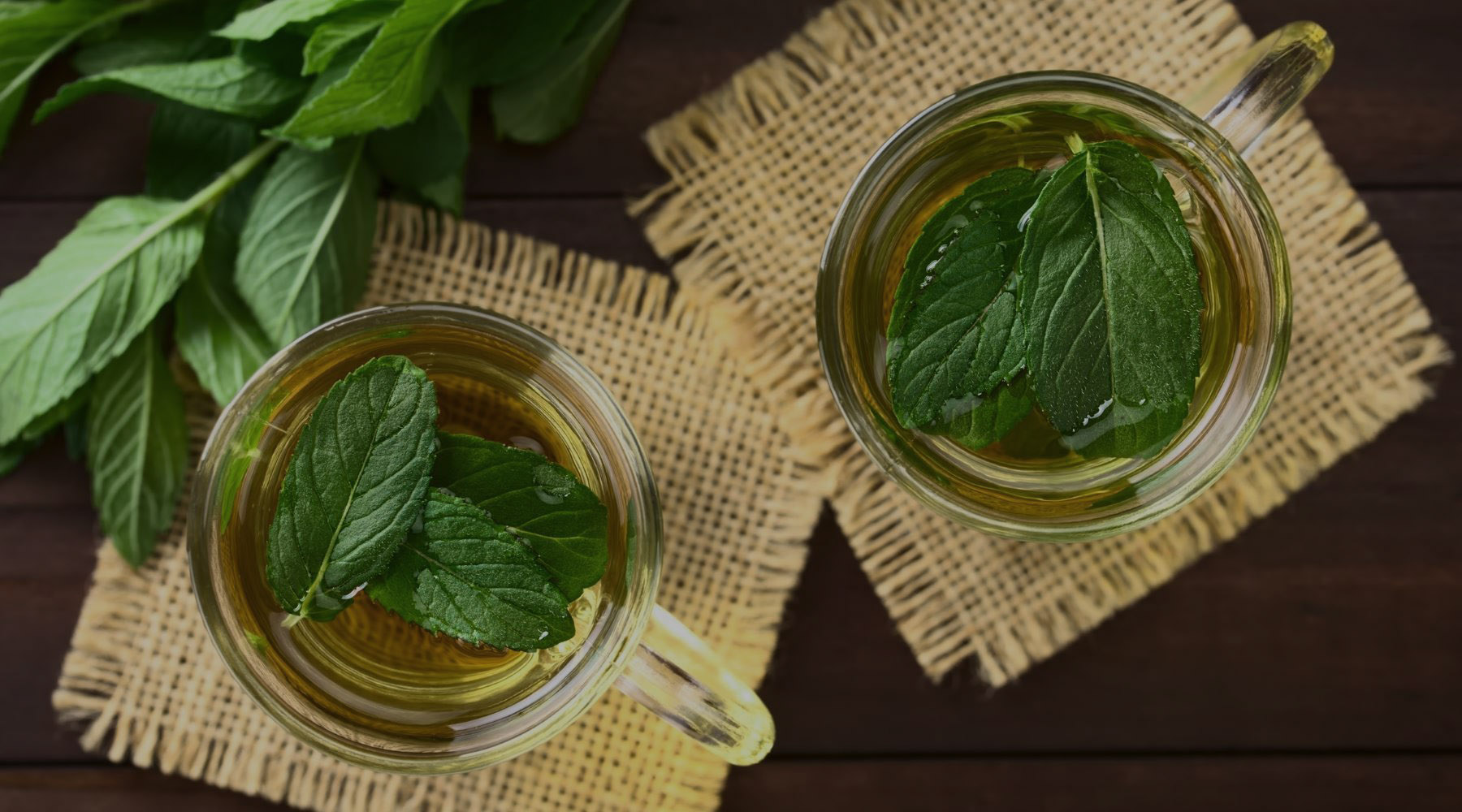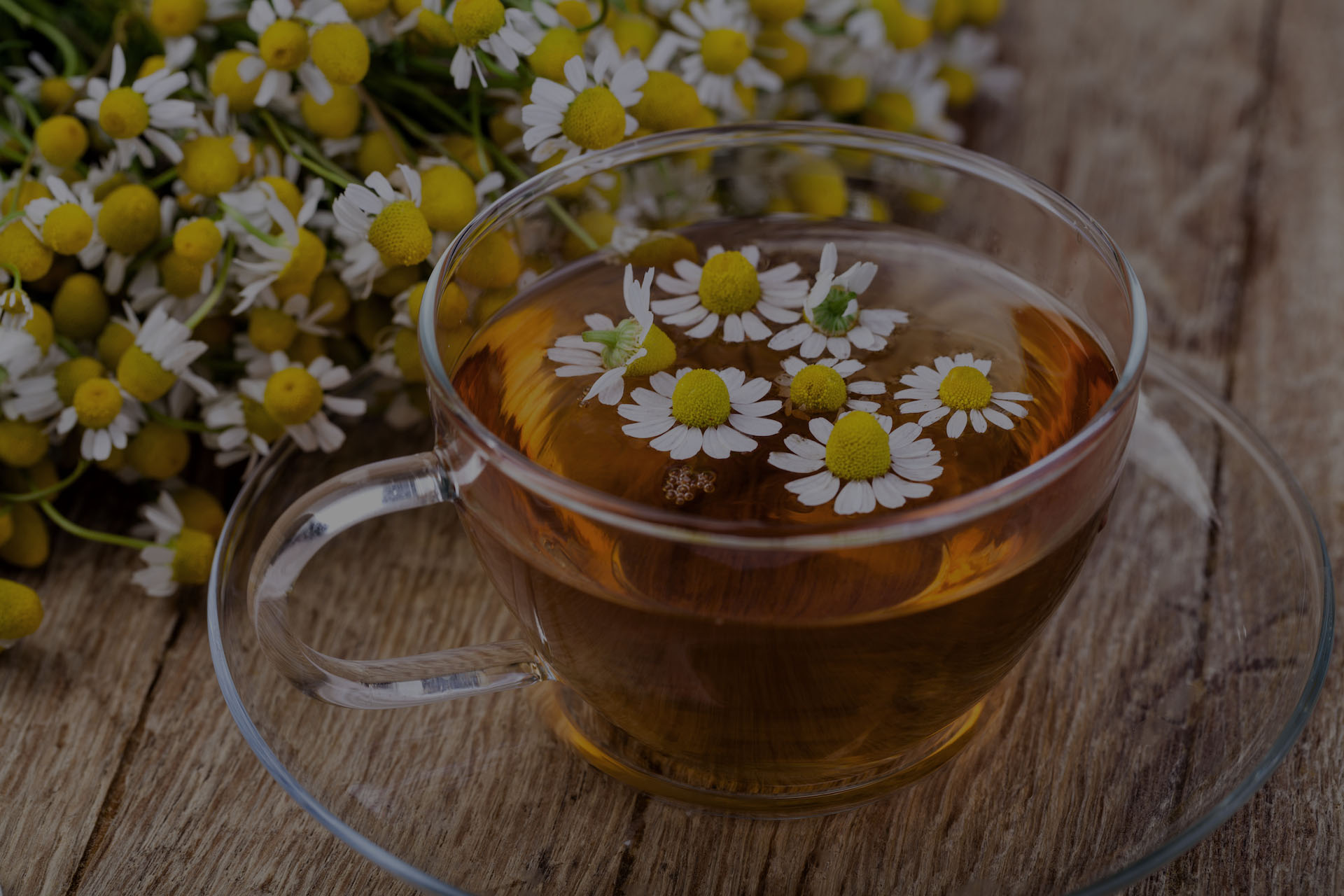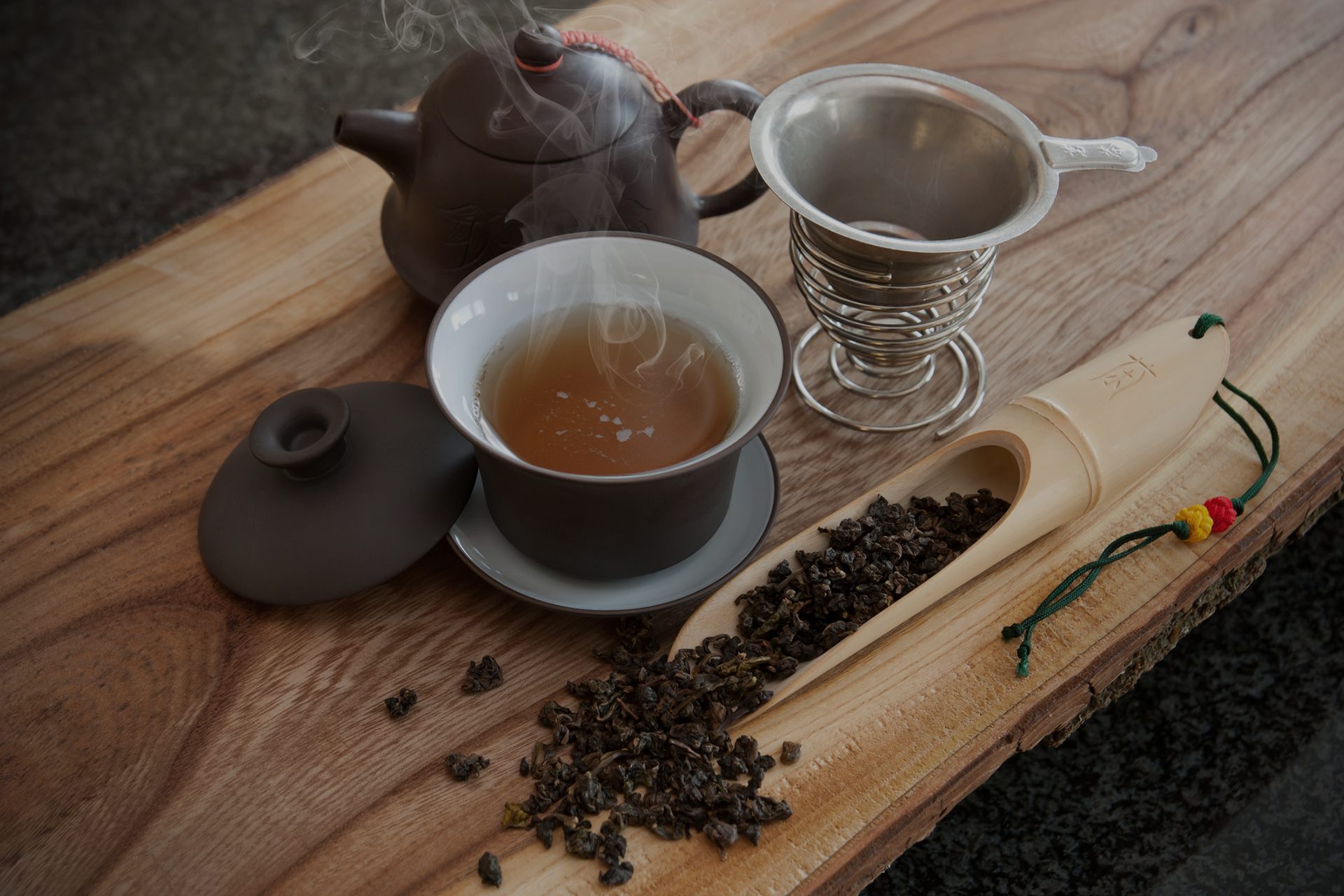Discovering which of the multiple kinds of tea are your favorite can be a delicious journey all its own. From rich and bold black teas to light and fruity white teas, there are so many different types of teas that it's impossible not to find one that suits your tastes. Each one of them boasts its own origins, flavor profiles, and health benefits. There are actually only a few tea types that carry the label of true tea: namely, black, green, oolong, pu-erh, and white teas. Each of these teas is made from the same tea leaves, technically called the Camellia sinensis plant, which is a requirement for a beverage to qualify as "true" tea. There aren't actually any other types of tea plants. Tea-like beverages that aren't produced from Camellia sinensis aren't technically tea — but because most people think of them that way, they often get lumped under the category of herbal tea. They're beloved among tea drinkers of all stripes, so they mustn't be excluded.
Other Forms of Tea
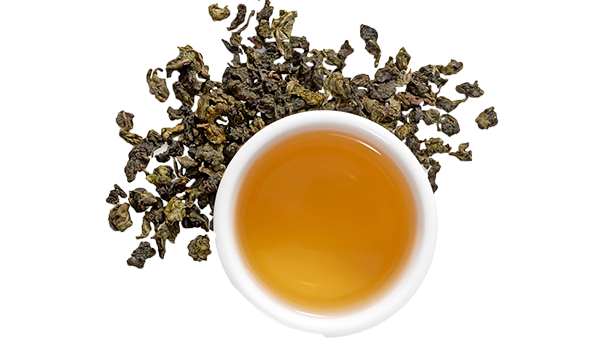
Oolong Tea
Oolong is a traditional semi-oxidized Chinese tea produced through a process including withering the plant under strong sun and oxidation before curling and twisting. Most of fine quality oolong teas involve unique tea plant cultivars. The degree of oxidation, which varies according to the chosen duration of time before firing, can range from 8–85%, depending on the variety and production style.

White Tea
White tea refers to one of several styles of tea which generally feature minimally processed leaves of the Camellia sinensis plant. Currently there is no generally accepted definition of white tea. Many sources use different ways to describe the process of making white tea. Most definitions agree, however, that white tea is not rolled or oxidized, resulting in a "lighter" flavour than most green or traditional black teas.
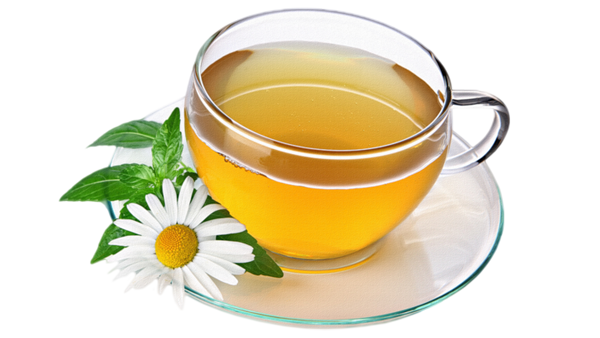
Chamomile Tea
Chamomile is a pretty, elegant, and fragrant herb. This tea is made from the dried flowers Asteraceae plant family. People have been using chamomile for therapeutic purposes for centuries. It's popular especially among people who are looking to unwind before bed. There are two primary varieties of chamomile: German Chamomile and Roman Chamomile (which is sometimes called English Chamomile).
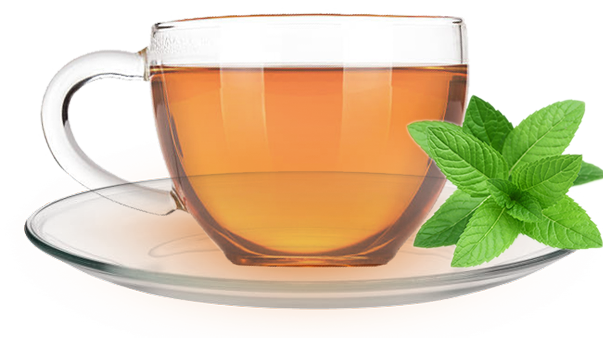
Peppermint Tea
Peppermint tea is perhaps the most popular herbal tea around and is used in a myriad of different herbal infusions. This minty brew, which is derived from the leaves of the mint plant, smells and tastes great. It's been used for its health benefits for thousands of years - this tea delivers some of the same benefits as peppermint oil. Peppermint is commonly used to settle an upset stomach and its scent has a natural energizing effect.
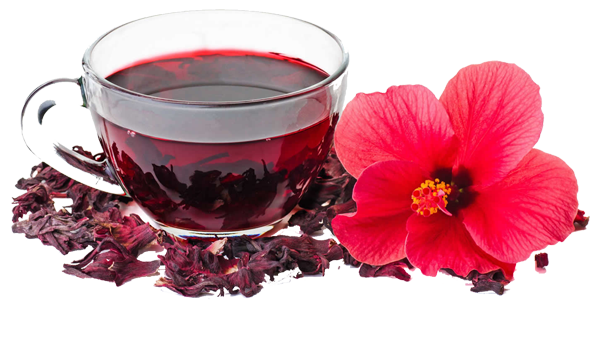
Hibiscus Tea
Not surprisingly, hibiscus tea is derived from the hibiscus plant. This plant grows native in North Africa and Southeast Asia and can be found in tropical and subtropical climates around the globe. The red brew is simultaneously sweet and tart (think of it like the tea equivalent of cranberry juice). It's commonly enjoyed as an iced tea and is a fantastic and refreshing summer drink. It's also high in antioxidants.
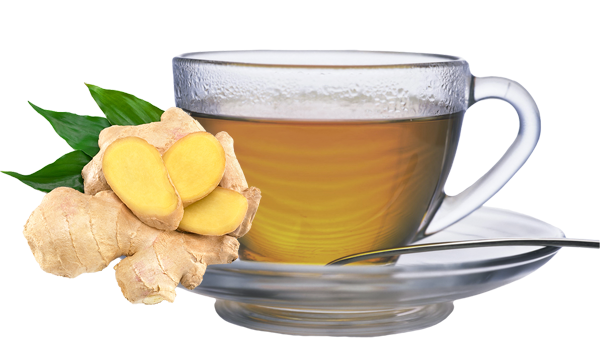
Ginger Tea
The spicy root of the ginger plant adds flavor to a huge variety of dishes and drinks, and people have been using it for therapeutic purposes for thousands of years. It also makes for a delicious and healthful tea. Many of ginger tea's health properties stem from compounds called gingerols and shogaols. These compounds aren't just fun to pronounce - they also seem to help support the body's response to inflammation.
